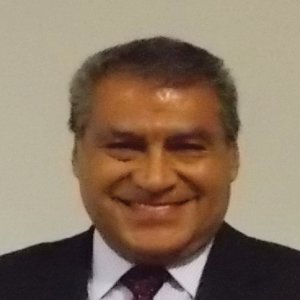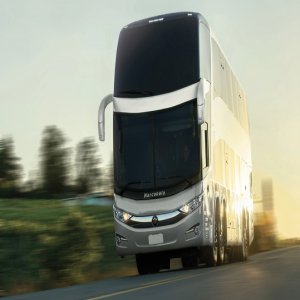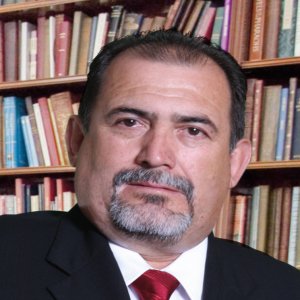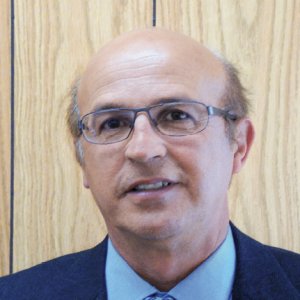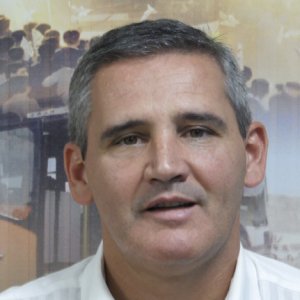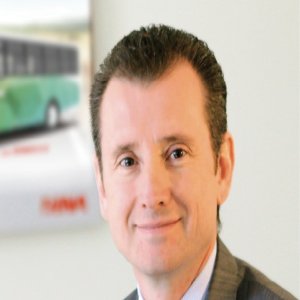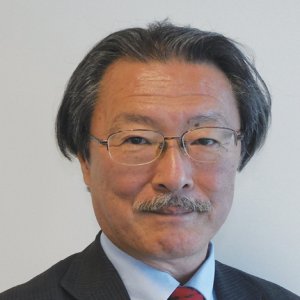Producing Dedicated R&D Spaces for Multiple Industries
STORY INLINE POST
Q: What new projects has Grupo Copachisa brought to the state of Chihuahua, especially now that Ford is increasing its investment?
A: Copachisa is producing the structure of Ford’s new plant, and is building Visteon’s plant with the aid of Grupo Bafar. We participate in various national projects within the automotive industry, which represent 19% of Mexico’s manufacturing GDP. Grupo Copachisa has been involved in the evolution of the industry for the last five years, developing many automotive ventures, such as projects with KIA, Nissan, Honda, Mazda, and Audi. Furthermore, we are taking part in the electromechanical development for Goodyear’s plant, and we may expand that participation to other fields. Copachisa continues to be active in steel structure, and is now entering the machinery development sector with a new company that will focus on special treatments needed in both the automotive and aerospace industries. In partnership with a local investment group, Copachisa is developing thermal treatments specifically required in the aerospace industry. We have the AS9100 certification that enables us to supply aerospace companies such as Honeywell and Global Aerospace. Within automotive, we have supplied Tier 1 companies like TRW and Ford with our machinery, yet we are aware of the continuing opportunities in both the automotive and aerospace industries.
Q: What is the most ambitious project that DESEC has recently developed in Chihuahua?
A: We are working on an innovation park in close collaboration with the state’s Ministry of Economy, as well as with industry promoters, that will focus on R&D. The project is scheduled to be finished by the third quarter of 2015, and the innovation park will be directly adjacent to the airport which also influenced the decision to create an additional aerospace innovation park beside it. Both projects will take place on a 200 acre piece of land, out of which 50 will be assigned to the R&D center, and the remaining 150 will be used for the aerospace park. The automotive, aerospace, agroindustry, and biotechnology clusters will form part of the R&D facility. The construction of innovation and manufacturing centers for both the automotive and aerospace industries has been proposed, but we maintain a primary focus on the automotive sector in Chihuahua. We have defined projects for this innovation park through meetings with multiple companies, including Ford and Visteon, as well as with the academic and public centers. We are confident that by the beginning of 2016 we will start the architectural development, and in terms of the aerospace park, we are building an aerial maintenance, repair, and operations (MRO) workshop. The project will add value to the multiple industries that we are part of, ideally increasing the state’s GDP. Chihuahua generates on average US$10,000 GDP per capita and our goal is to increase that number to US$25,000 over the next ten years.
Q: What new projects has DESEC examined or initiated within the automotive industry?
A: The automotive cluster is a crucial job creator in Chihuahua so it is safe to say that it is one of the state’s main clusters. Not only are most Tier 1 and Tier 2 companies already settled in the state, we also have Ford, BRP, and some of the most important design centers nationwide, such as Delphi and Visteon, which means that most of the international engineering design takes place in Chihuahua. We have considered bringing an automotive assembler into the state because the logistical advantages, including proximity to the US, are significant for new businesses. We have also been working with the state’s Ministry of Education to develop training institutes for automotive and aerospace technicians. DESEC has met with State Governor, César Duarte Jáquez, to define strategies to attract these companies. The organizations are undoubtedly interested in Mexico and, given the right incentives, they might be establishing facilities in Chihuahua by 2017. We want to integrate SMEs into the industry’s value chains, and DESEC have been working closely with the National Industry Chamber (CANACINTRA) and the Ministry of Economy to stimulate SME investment. An intermodal transit center in Las Cruces connects companies to the US, and DESEC is currently working on a conceptual development that will ease its access and connectivity. In addition, we can establish ourselves in strategic economic zones, where tax payment is reduced in comparison with other geographical positions. Finally, the Topolobampo port has shown great progress in its dredging stage and its infrastructure development. Many states are working in conjunction to create an inclusive Pacific-US corridor, including Chihuahua, Sinaloa, New Mexico, and Texas.
